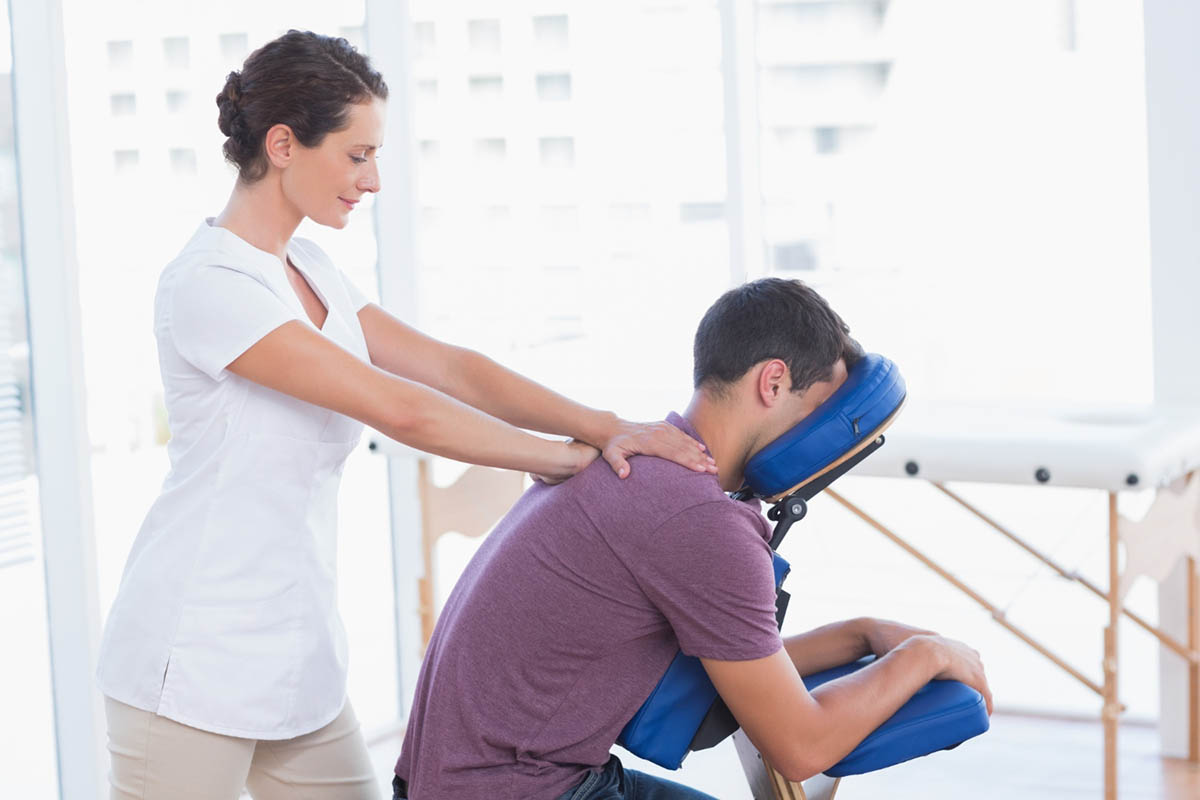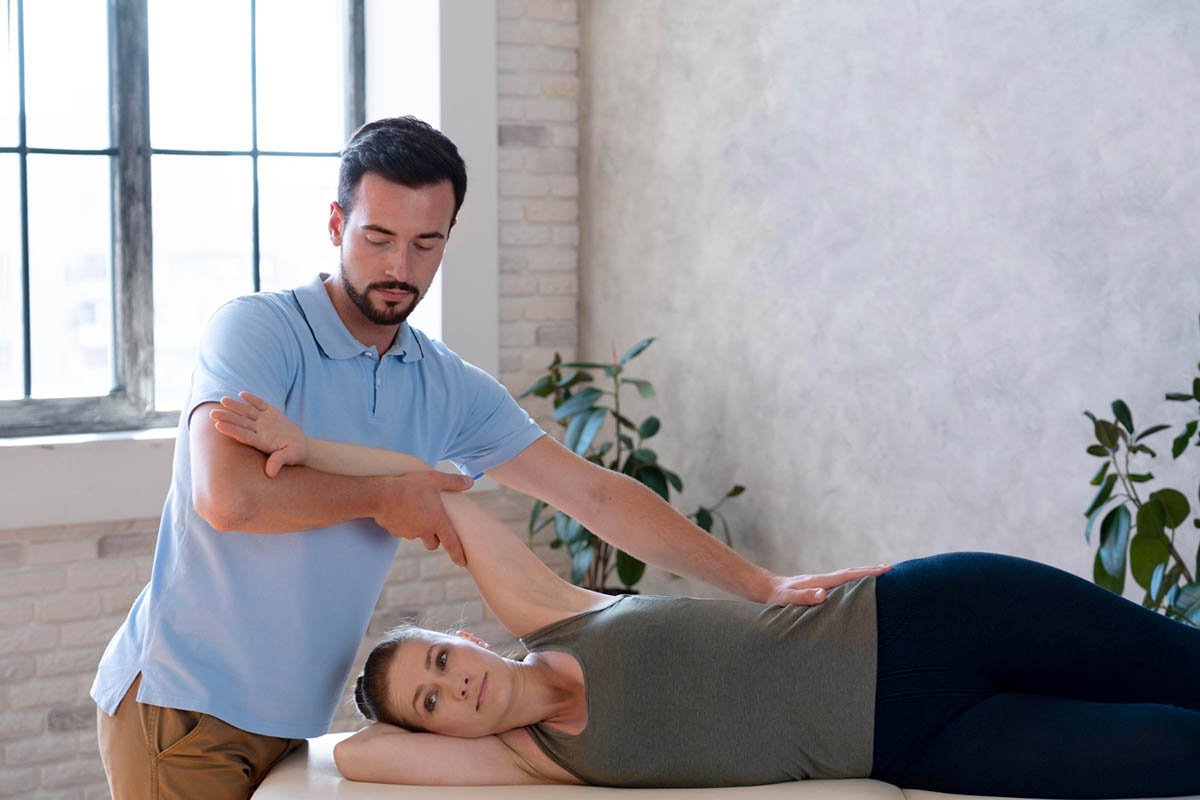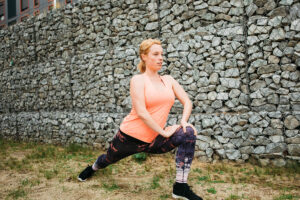Welcome to AMTA, where we specialize in manual physical therapy tailored specifically to your needs. Discover the unique advantages of manual therapy in promoting healing, restoring mobility, and optimizing how you use your body.
At AMTA, we believe in the power of hands-on care. Manual physical therapy is a cornerstone of our practice, offering personalized treatments that address your specific needs. Whether you’re recovering from an injury, trying to set a PR, or seeking to enhance your mobility, manual therapy can make a profound difference.
Local Expertise and Personalized Care
Our clinic is deeply rooted in the Austin community, serving patients in and around Austin and its surrounding suburbs. When you choose AMTA, you’re choosing more than just a therapy session—you’re choosing a team of dedicated professionals who prioritize your well-being and optimization of how you use your body. Our therapists are not only highly trained but also passionate about delivering individualized care that yields real results.
Advantages of Manual Therapy
Manual therapy offers a range of benefits, including:
Pain Relief: By targeting the source of pain, manual techniques can provide immediate relief. Our therapists use specialized hands-on techniques such as joint mobilization/manipulation, soft tissue mobilization, and myofascial release techniques to alleviate discomfort and restore function.
Improved Mobility: We focus on restoring range of motion and functional mobility through manual techniques. By addressing restrictions in joints and soft tissues, we help patients regain flexibility and movement.
Faster Recovery: Manual therapy can accelerate healing timelines, getting you back to doing what you love sooner. By promoting blood flow, reducing inflammation, and improving tissue extensibility, our treatments support the body’s natural healing process.
Holistic and Comprehensive Approach
In addition to manual therapy, our treatment plans may include therapeutic exercises, patient education, and movement modifications to optimize outcomes. We’re never going to tell you NOT to do something, we’re going to work closely with you to do it RIGHT. We empower our patients with the knowledge and tools they need to maintain long-term wellness. Each plan is specifically tailored to your need; a cookie cutter approach just won’t cut it.
Experience the difference at AMTA. Schedule a consultation today and discover how manual physical therapy can transform your life.
Effective Exercises for Treating Back Pain
Back pain can be debilitating, but the right treatment can make a world of difference. Learn about the most effective exercises to alleviate and prevent back pain.
Back pain is a common issue that affects millions of people worldwide. Whether you’re dealing with acute discomfort or chronic challenges, incorporating targeted exercises into your routine can significantly improve your quality of life.
Common Causes of Back Pain
Back pain can stem from various factors, including muscle strain, disc herniation, poor posture, and underlying medical conditions. Understanding the underlying cause is crucial in developing an effective treatment plan.
Exercise Therapy for Back Pain

Our therapists recommend the following exercises for back pain relief:
Core Strengthening: Strengthening the core muscles (abdominals, obliques, and lower back muscles) can provide better support for the spine and reduce strain on the back.
Flexibility Exercises: Stretching exercises for the hip, mid back, and low back can alleviate tightness in muscles and improve flexibility, reducing stiffness and discomfort.
Aerobic Exercise: Activities like walking, swimming, or stationary biking can promote circulation, strengthen muscles, and improve overall fitness without exacerbating back pain.
Specific Exercises
Bridge Exercise: Lie on your back with knees bent and feet flat on the floor. Lift your hips off the floor, creating a straight line from shoulders to knees. Hold for a few seconds, then lower back down.
Cat-Cow Stretch: Start on your hands and knees. Inhale and arch your back (cow position), then exhale and round your spine upwards (cat position). Repeat several times.
Pelvic Tilts: Lie on your back with knees bent. Flatten your lower back against the floor by pulling in and tightening your abdominal muscles, then release. Repeat several times.
Bird Dog Exercise: Start on your hands and knees. Extend one arm and the opposite leg while keeping your back straight. Hold briefly, then switch sides.
Glute stretch: Lie on your back with one leg straight and one leg pulled to your chest, holding your knee with your hands. Pull that knee across your body towards the opposite shoulder. Hold for a few seconds. Relax. Repeat
Consultation and Customization
Every individual is unique, and our therapists tailor exercise programs to each patient’s specific needs and abilities. We emphasize proper form and progression to maximize benefits and prevent further injury. Each plan is specifically tailored to your need; a cookie cutter approach just won’t cut it.
Ready to say goodbye to back pain? Contact AMTA to schedule a consultation and start your journey towards a pain-free life.
Understanding and Treating Tennis Elbow
Tennis elbow isn’t just for athletes. Discover what causes tennis elbow, how to prevent it, and effective exercises for treatment.
Tennis elbow, medically known as lateral epicondylitis, is a condition that affects individuals beyond the tennis court. It’s characterized by pain and inflammation on the outer side of the elbow, often resulting from repetitive wrist and arm movements.
What is Tennis Elbow?
Tennis elbow can develop due to activities involving gripping, twisting, or lifting motions. It commonly affects not only tennis players but also individuals performing tasks such as painting, typing, gardening, or playing musical instruments.
Prevention Tips
To prevent tennis elbow, consider the following:
Proper Technique: Use correct form during activities to reduce strain on the elbow and forearm muscles. Avoid excessive gripping or twisting motions.
Equipment Check: Ensure that your tools and equipment are ergonomic and well-suited for your needs. Use tools with larger handles or ergonomic grips.
Rest and Recovery: Avoid overuse of the affected arm and give your muscles time to recover between activities. Take breaks and stretch regularly.
Good posture: Abnormal posture at the shoulder can contribute to tennis elbow
Treatment Strategies
Our therapists recommend a comprehensive approach to treating tennis elbow, including:
Stretching: wrist, shoulder, chest, back, and neck musculature
Strengthening: Exercises for the wrist, shoulder, neck, and mid back
Modalities: Joint mobilization, joint manipulation, and myofascial release techniques
Patient Education and Rehabilitation
In addition to therapeutic interventions, we provide education on ergonomics, posture correction, and activity modification to prevent recurrence and promote long-term recovery. Each plan is specifically tailored to your need; a cookie cutter approach just won’t cut it.
Conclusion
Don’t let tennis elbow limit your activities. Contact AMTA today to explore personalized treatment options and get back to living pain-free.






